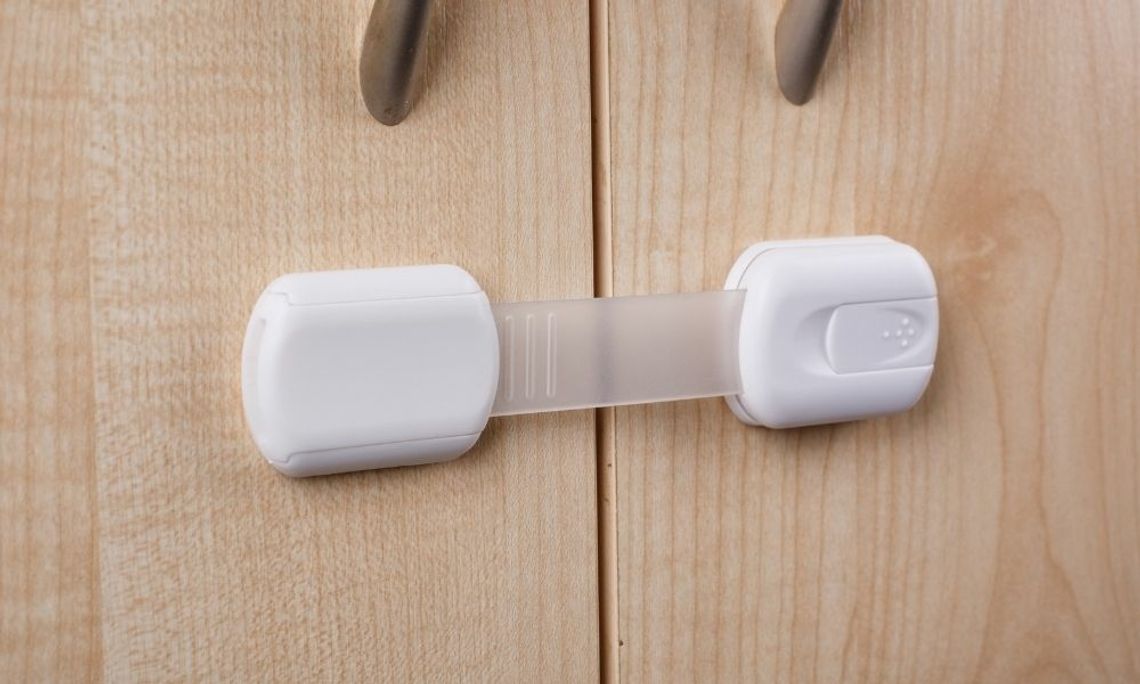One minute your baby is learning how to sit, and the next, they’re scooting and roaming around the house. The minute they master unsupported sitting, it’s time to consider everything you need to do to create a baby-friendly home. This will allow your baby to freely explore and learn about the world around them while also keeping your mind at ease.
Here is a quick overview of babyproofing the house that can help you prepare for the next phase of parenting!
Walk the House One Room at a Time
Regardless of your home’s size, there are a lot of opportunities for your baby to find trouble. And just because it’s not troubling for you, you must remember your knowledge and perception are drastically different than your baby’s.
Go through your home one room at a time. This allows you to cover all your bases. Additionally, if there are a lot of rooms, take note of which ones are baby-friendly and which ones you should ensure your little one steers clear of until you’ve had the time to babyproof them.
Get on the Baby’s Level
While roaming the house to see what needs moved or prepared, get down to your baby’s level. Matching the baby’s line of sight can ensure you consider everything within their reach.
You may have a basic awareness of dangers like outlets and cords, but once you’re at their level of perception, the view changes. Perform this step multiple times over the next few years to ensure that your safety measures grow with your child.
Soften Hard Edges
Once you’re at eye level with the contents of your home, you will see the hard edges that are potentially harmful to your child’s head. Consider edge covers to protect them as they roam. And if you’re not willing to sacrifice the home’s furniture aesthetic, consolidate your child’s play space using gates, designated playpens, and playrooms.
It’s Electric
Always consider anything electrical when managing safety. Outlet protectors are excellent options for outlets not in use. And for the cords and plugs you are using, consider moving heavy furniture in front of them to cut off the access.
Think About Childlike Curiosity
It’s one thing to get eye level with your baby’s viewpoint, but if you think like your baby or child, you will better understand what to move or rearrange. Think about choking hazards, heavy objects, and electronic devices. Specifically target entertainment centers, bookshelves, and cabinet doors containing cleaners and chemicals. If your child can get into something dangerous, assume that they will.
Hopefully, with the help of this simple and quick overview of babyproofing the house, you can gain some peace of mind as your baby transitions into a toddler. Try not to stress too hard about the entire home and focus on overall safety. Remember, this phase is also temporary!


Comment
Comments